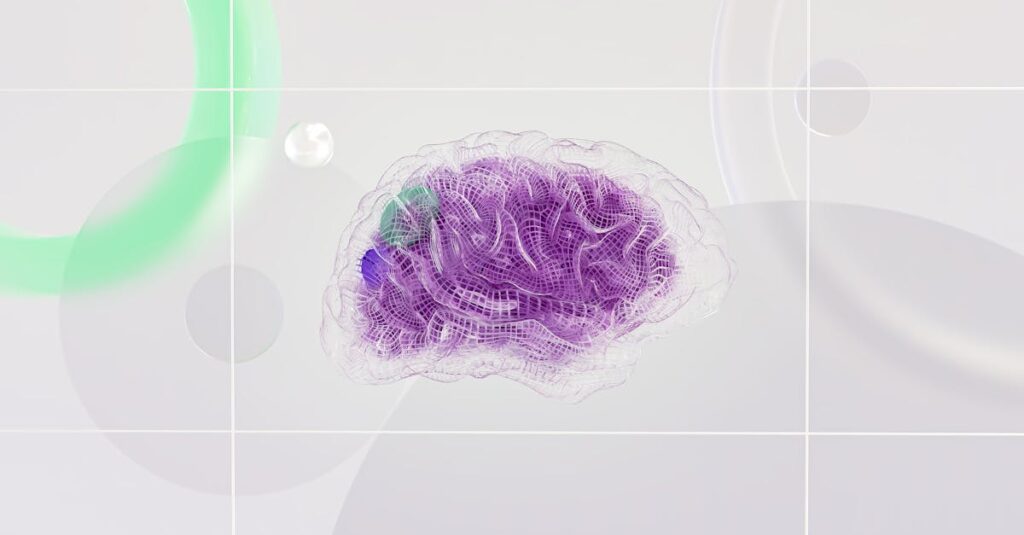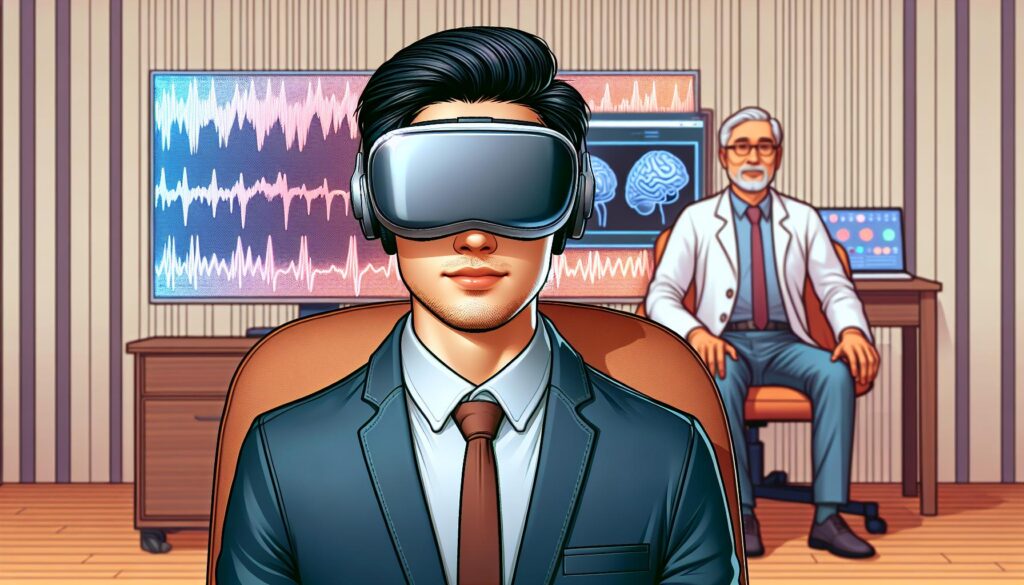Diving into the world of Ericksonian hypnosis is like embarking on a journey through the mind’s most fascinating landscapes. This unique approach to hypnotherapy, pioneered by Dr. Milton H. Erickson, revolutionized the way practitioners and patients alike view the power of suggestion and the subconscious mind. Erickson’s innovative techniques, characterized by their indirect and conversational style, have left an indelible mark on the field, giving rise to a vibrant community of therapists, scholars, and enthusiasts dedicated to exploring the depths of human potential.
The history of the Ericksonian hypnosis community is a tale of evolution, collaboration, and profound insight. From its early days, when Erickson’s methods were met with skepticism, to its current status as a cornerstone of modern therapeutic practices, the community has thrived, fueled by a shared passion for healing and transformation. As we peel back the layers of this rich history, we uncover the stories of those who’ve woven the fabric of this dynamic field, charting a course through uncharted psychological territories with curiosity and courage.
Origins of Ericksonian Hypnosis
Ericksonian hypnosis traces its roots back to the work of Dr. Milton H. Erickson, an American psychiatrist renowned for his unconventional approach to psychotherapy. Born in 1901, Erickson faced numerous personal challenges, including bouts with polio and color blindness, which influenced his deep understanding of the human condition and the subconscious mind. His techniques diverged significantly from traditional hypnosis, emphasizing the therapeutic use of language, metaphors, and storytelling to induce trance and facilitate change.
Early Development
Erickson’s interest in hypnosis began in the early 1920s during his time at the University of Wisconsin, where he studied psychology and medicine. He observed the power of the subconscious mind firsthand after experiencing hypnosis himself, which markedly improved his own physical conditions. This personal experience, combined with his medical training, led Erickson to delve deeper into the study and practice of hypnosis as a therapeutic tool.
Pioneering Techniques
Over the years, Erickson developed a range of innovative techniques that set the foundation for Ericksonian hypnosis. Among these were:
- The use of indirect suggestion, where Erickson would suggest therapeutic outcomes in a way that seemed casual or unrelated to the issue at hand.
- The utilization of clients’ own language patterns, beliefs, and behaviors to tailor the hypnotic experience uniquely for them.
- The strategic application of storytelling or metaphors that had therapeutic messages embedded within them.
Erickson believed that each individual holds the resources needed for their own healing and that the role of the therapist was to facilitate access to these resources.
Formation of the Community
The Ericksonian hypnosis community began to form as Erickson’s reputation grew. He was a prolific writer, contributing over 150 articles and books on his methods, which helped spread his ideas. Additionally, Erickson was an engaging speaker, known for his captivating lectures that drew audiences of professionals eager to learn from him.
In the latter part of his career, Erickson focused on teaching. He conducted seminars and workshops, attracting mental health professionals, including psychologists, psychiatrists, and family therapists, who became early adopters of his techniques. His willingness to teach and share his discoveries played a crucial role in the formation of a community of practitioners who were committed to Ericksonian methods.
Evolution of the Ericksonian Hypnosis Community

Following the foundation laid by Dr. Milton H. Erickson, the Ericksonian hypnosis community grew rapidly, attracted by Erickson’s innovative approaches to therapy. This expansion wasn’t just a matter of increasing numbers but also involved significant developments in understanding and applying Ericksonian techniques across various mental health fields.
Formation of Professional Bodies
The establishment of professional organizations played a pivotal role in the evolution of the Ericksonian hypnosis community. One such body, the American Society of Clinical Hypnosis (ASCH), founded in 1957, provided a platform for practitioners to share knowledge, collaborate on research, and refine their hypnotic skills. Over the years, these organizations have hosted conferences, workshops, and training sessions, fostering a collaborative environment for Ericksonian hypnosis professionals to grow and learn.
Spread through Literature and Training
The proliferation of Erickson’s methodologies can be attributed significantly to the publication of his works and the works of his students. Notable among these are books like “My Voice Will Go with You: The Teaching Tales of Milton H. Erickson” by Sidney Rosen, which helped demystify Erickson’s techniques for a broader audience. Training programs and certifications in Ericksonian hypnosis became available worldwide, attracting not just psychologists and therapists but also educators and business leaders interested in the applications of hypnosis beyond traditional therapy.
Integration and Innovation
As it evolved, the Ericksonian hypnosis community didn’t remain static, simply replicating Erickson’s original techniques. Instead, professionals within the community began integrating Ericksonian methods with other therapeutic approaches. Cognitive-behavioral therapy (CBT), for example, has been combined with Ericksonian techniques to enhance its effectiveness. This integration highlights the community’s commitment to innovation while maintaining Erickson’s core principles of respect for the individual and the use of indirect suggestions.
Digital Era and Global Outreach
The advent of the digital era brought new opportunities and challenges for the Ericksonian hypnosis community. Online forums, digital publications, and social media platforms allowed for unprecedented global outreach and knowledge exchange. Practitioners from different parts of the world could now connect, share experiences, and collaborate on projects, further enriching the community. Despite concerns about preserving the depth and integrity of Ericksonian hypnosis in digital formats, these platforms have undeniably played a crucial role in sustaining the community’s growth.
Major Contributions to Psychotherapy

The Ericksonian hypnosis community has made significant contributions to the psychotherapy field, transforming therapeutic practices with its unique approach. Central to this contribution is the use of indirect suggestions, a marked departure from traditional, more directive methods. Indirect suggestions have proven effective in engaging the unconscious mind, facilitating change without resistance.
Another key contribution is the strategic use of language and storytelling. Ericksonian therapists craft therapeutic metaphors tailored to individual clients, embedding healing messages within stories. This method leverages the power of the unconscious to find personal meanings and solutions, promoting deeper insight and lasting change.
The community has also advanced the use of observation and utilization. Therapists observe clients’ nonverbal cues and language patterns, utilizing these observations to tailor interventions. This approach emphasizes the therapist’s flexibility and responsiveness, key in creating a supportive and effective therapeutic environment.
Incorporation of the client’s own language and metaphors in therapy stands out as another major advancement. By using the client’s language, therapists build rapport and ensure that suggestions are in harmony with the client’s worldview, enhancing receptivity and the efficacy of the interventions.
Finally, the Ericksonian approach has made strides in the integration of hypnosis with other therapeutic modalities, such as cognitive-behavioral therapy. This integration has broadened the tools available to therapists, allowing for more versatile and personalized treatment plans.
These contributions have not only shaped the course of psychotherapy but also underscored the importance of flexibility, individualization, and the therapeutic relationship. The Ericksonian hypnosis community continues to inspire innovation, demonstrating the profound impact of Erickson’s legacy on modern psychotherapy.
Challenges and Controversies

In navigating the landscape of Ericksonian hypnosis, the community has encountered numerous challenges and controversies. These issues span from concerns over the fidelity of training to debates about the efficacy and ethical implications of Ericksonian techniques.
Fidelity of Training
A major challenge for the Ericksonian hypnosis community has been ensuring the fidelity of training. As Erickson’s techniques require nuanced understanding and skill, practitioners worry about dilution of quality.
- Variability in Training Programs: There are significant differences in the depth and quality of training programs, with some offering comprehensive instruction and others providing minimal oversight.
- Certification Standards: The lack of standardized certification criteria makes it difficult to ascertain a practitioner’s level of expertise in Ericksonian hypnosis.
Efficacy and Ethical Concerns
Despite the widespread adoption of Ericksonian techniques, questions regarding their efficacy and ethical implications persist.
- Skepticism Among Traditionalists: Some traditional psychotherapists remain skeptical of Ericksonian hypnosis, questioning its scientific basis and long-term effectiveness.
- Ethical Implications of Suggestibility: The heightened suggestibility state induced in Ericksonian hypnosis raises ethical concerns about vulnerability and consent.
Debate Over Purist Versus Integrative Approaches
The Ericksonian community faces ongoing debates about whether to adhere strictly to Erickson’s original methods or to integrate them with other psychotherapeutic modalities.
- Purists: Some practitioners argue for a purist approach, fearing that integration dilutes the essence and effectiveness of Ericksonian techniques.
- Integrators: Others advocate for an integrative approach, believing it enhances versatility and applicability in therapy.
Digital Age Challenges
The rise of digital technology presents both opportunities and challenges for the Ericksonian hypnosis community.
- Online Training and Practice: While online platforms facilitate wider access to training and therapy, concerns arise about the ability to maintain the depth of practice and personal connection essential to Ericksonian techniques.
- Information Overload and Misinformation: The digital age brings the challenge of navigating vast amounts of information and distinguishing between reputable and non-reputable sources.
Recent Developments and Future Directions

In the realms of Ericksonian hypnosis, recent advancements have set the stage for innovative progressions and explorations in therapeutic techniques. The healthcare landscape has witnessed notable shifts, largely driven by technological strides and a deeper understanding of human psyche intricacies. This movement propels the Ericksonian hypnosis community toward a future punctuated by both challenges and opportunities.
Digitalization and Online Accessibility
Ericksonian hypnosis has embraced the digital era, creating platforms for online training programs and virtual therapy sessions. These developments afford practitioners and clients unprecedented access to resources and expertise, irrespective of geographical limitations. They include webinars, digital workshops, and comprehensive online courses designed to cater to various proficiency levels. This digital expansion ensures that Ericksonian hypnosis remains relevant and accessible in a world increasingly reliant on virtual interactions.
Research and Evidence-Based Practice
The community has shown a concerted effort to root Ericksonian techniques in robust research, aiming to validate its efficacy through scientific scrutiny. Collaborative studies between academic institutions and Ericksonian practitioners are underway, focusing on quantifying therapeutic outcomes and understanding the mechanisms behind Ericksonian hypnosis. This research not only elevates the practice but also integrates it more firmly within the broader psychological and medical fields, fostering a future where Ericksonian methods are a mainstream option in therapy.
Integration with Other Therapeutic Modalities
Ericksonian hypnosis continues to evolve through its integration with other therapeutic approaches, such as cognitive-behavioral therapy (CBT) and mindfulness practices. This interdisciplinary approach enriches Ericksonian techniques, making them more versatile and effective across a broader range of issues. Practitioners innovate by combining Ericksonian metaphors and indirect suggestions with the structured frameworks of CBT or the awareness-focus of mindfulness, creating hybrid models that cater to diverse client needs.
Addressing Ethical and Training Standards
As the community grows, so does the importance of maintaining high ethical standards and comprehensive training frameworks. Organizations dedicated to Ericksonian hypnosis are actively refining certification processes and ethical guidelines to ensure practitioners uphold the integrity of Erickson’s work. Efforts include standardizing training curricula, enhancing supervision, and ensuring that practitioners adhere to ethical practices in therapy. These measures aim to preserve the therapeutic relationship’s sanctity and guarantee client safety.
Conclusion

The journey of the Ericksonian hypnosis community is a testament to the enduring legacy of Dr. Milton H. Erickson. With each challenge faced, the community has found innovative ways to grow and adapt, ensuring Erickson’s pioneering techniques continue to benefit both practitioners and clients. The embrace of the digital age and the commitment to high ethical standards and comprehensive training reflect a vibrant community that’s not just surviving but thriving. As they move forward, the Ericksonian hypnosis community remains dedicated to advancing therapeutic practices and ensuring the integrity and effectiveness of Erickson’s work in the changing landscapes of therapy and healing.

